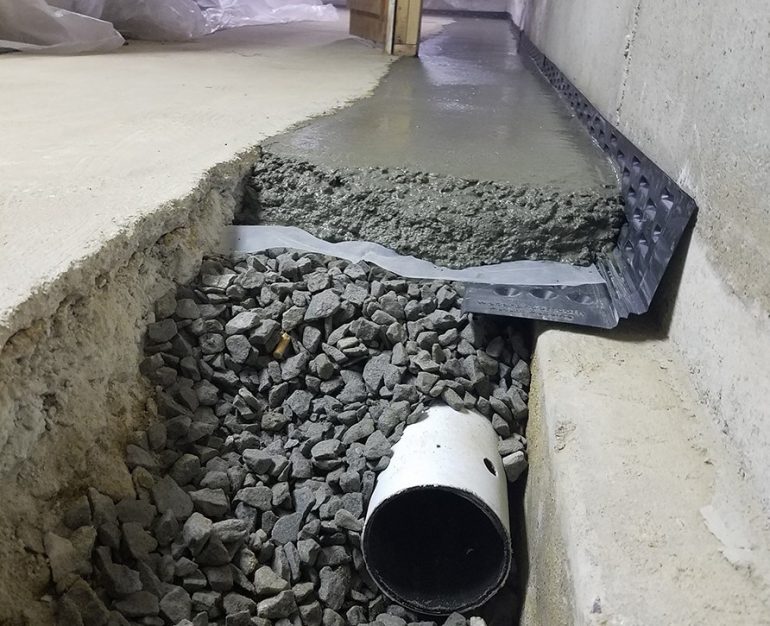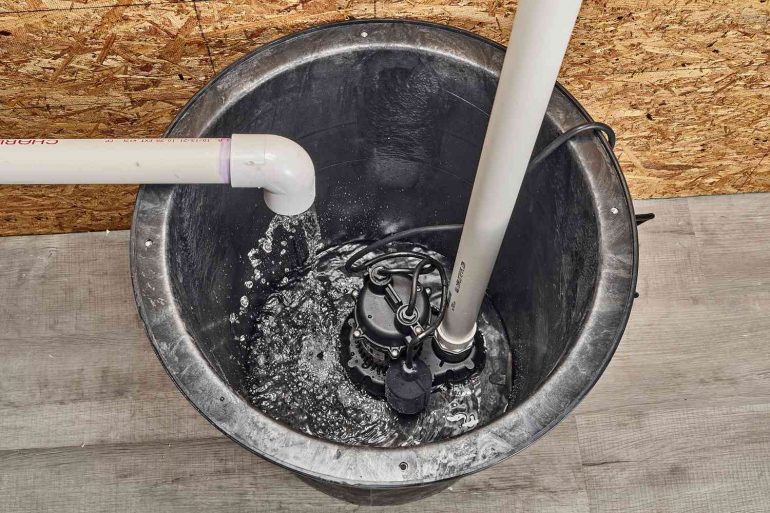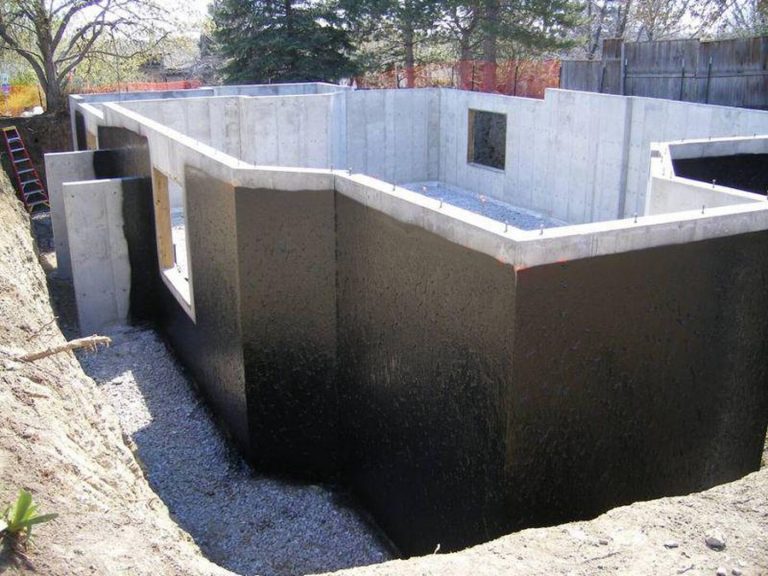Homeownership is often intertwined with a sense of pride and responsibility, especially when it comes to maintaining older homes rich with history. However, the unique challenges of preserving these architectural treasures can be daunting. Many homeowners grapple with issues such as moisture intrusion, mold growth, and deteriorating foundations.
These concerns can evoke feelings of anxiety, as the stability of beloved family homes hangs in the balance. Understanding best practices for basement waterproofing in older homes is not just a technical endeavor; it’s a heartfelt commitment to safeguarding one’s living space, ensuring a healthy environment for loved ones, and protecting a legacy.
Implementing the right waterproofing solutions can transform a damp, musty basement into a safe and functional area, all while preserving the charm and character that make these homes truly special.
Key Takeaways
- Recognize the unique challenges of basement waterproofing in older homes.
- Focus on effective moisture control techniques to prevent mold growth.
- Implement efficient waterproofing solutions tailored to aging structures.
- Regularly inspect and maintain drainage systems for optimal performance.
- Understand the importance of home preservation for both value and safety.
Understanding the Unique Challenges of Basement Waterproofing in Older Homes

Older homes exude charm and character, yet they often come with unique waterproofing challenges. These issues arise primarily from the age of the structures and the materials used in their construction. Understanding these challenges is essential for effective basement waterproofing.
When dealing with older homes, especially those with aging foundations and porous materials, it’s essential to consider professional solutions like foundation basement waterproofing to effectively address these challenges and protect the integrity of the structure.
The Impact of Aging Foundations
Aging foundations can be a major concern in historic properties. Over time, foundation walls may settle and develop cracks, providing potential entry points for water. Addressing these aging foundations often requires specialized masonry expertise to ensure proper repairs and prevent future issues.
Dealing with Porous Materials
The use of porous materials like brick and stone in many historic homes presents a significant waterproofing challenge. The permeability of these materials allows water to penetrate, complicating the waterproofing process. Selecting appropriate sealants and techniques tailored to porous materials becomes crucial for effective moisture prevention.
Inadequate Drainage Systems in Historic Properties
Many older homes were constructed long before modern drainage practices were implemented. As a result, inadequate drainage systems often struggle to manage today’s heavier rainfall and water flow. Evaluating and upgrading these systems is a necessity to mitigate water damage and protect the integrity of the home.
Effective Techniques for Basement Waterproofing in Older Homes
Waterproofing a basement in an older home presents unique challenges that require careful consideration. To address these concerns effectively, various techniques can provide protection against water intrusion and humidity issues. Understanding these methods allows homeowners to select the best strategies for their specific situations.
Exterior Waterproofing Solutions
Exterior waterproofing offers long-lasting protection for basement walls. This process typically involves excavating around the foundation, applying high-quality waterproof coatings, and ensuring proper grading around the property to redirect water away from the foundation. These steps significantly reduce moisture vulnerability and help maintain a dry basement.
Interior Waterproofing Systems
When exterior waterproofing proves impractical, interior waterproofing systems provide viable alternatives. Applying waterproof sealants to basement walls can mitigate water infiltration. Additionally, installing interior drainage systems like French drains channels water away from the foundation, minimizing the likelihood of standing water and subsequent damage.
Implementation of Sump Pumps

Sump pumps are essential for preventing water accumulation in basements, especially in flood-prone regions. These devices pump excess water away, protecting against severe water damage. Utilizing battery backup sump pumps ensures that the system operates effectively even during power outages, providing an extra layer of security against flooding.
Importance of Humidity Control and Ventilation
Maintaining adequate humidity control and ventilation is critical in older homes to combat moisture-related issues. Dehumidifiers are effective tools for reducing humidity levels, while proper ventilation solutions help circulate air. This combination aids in preventing mold growth and ensures a healthier living environment, crucial for the preservation of historic properties.
| Technique | Description | Benefits |
| Exterior Waterproofing | Excavation and coating of foundation walls | Long-term protection against water intrusion |
| Interior Waterproofing | Sealants and French drains | Effective for moisture management and short-term solutions |
| Sump Pumps | Device to remove excess water | Reduces risk of flooding and damage |
| Humidity Control | Dehumidifiers and ventilation systems | Prevents mold growth and promotes a healthy environment |
Conclusion
Basement waterproofing is not just a matter of aesthetics; it plays a pivotal role in historic home preservation. Older homes, with their unique challenges such as aging foundations and porous materials, demand effective techniques to tackle moisture prevention.
By understanding these challenges, homeowners can take proactive steps to protect their properties and enhance their living environments.
Implementing both exterior and interior waterproofing solutions, combined with proper humidity control and sump pump installations, provides a comprehensive approach to maintaining the integrity of older homes. These long-term solutions not only safeguard against potential water damage but also bolster home value and livability.
Ultimately, prioritizing basement waterproofing importance ensures that historic properties remain safe and comfortable for generations. With diligent care and the right strategies in place, homeowners can embrace the beauty of their older homes while effectively managing the risks associated with moisture intrusion.

